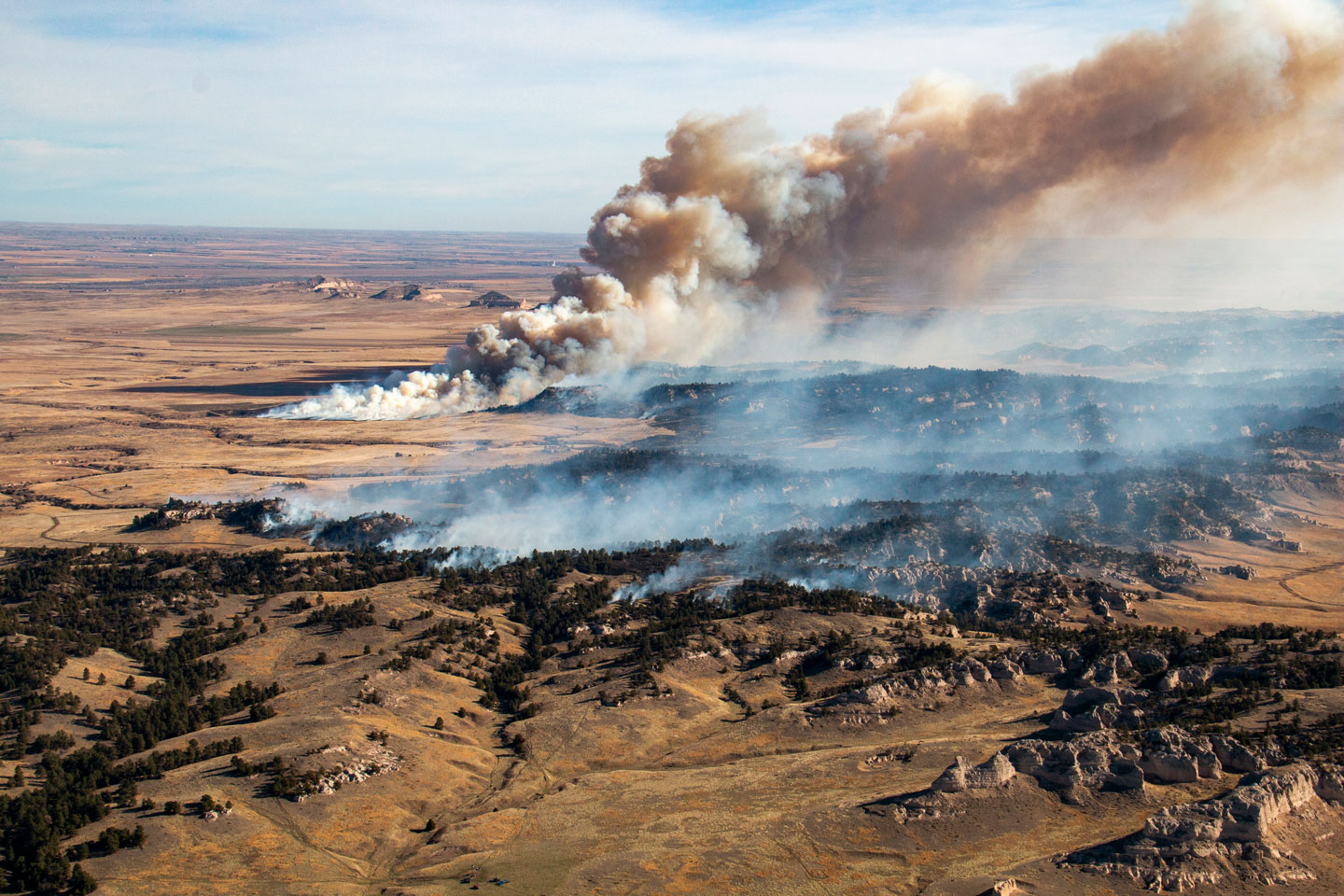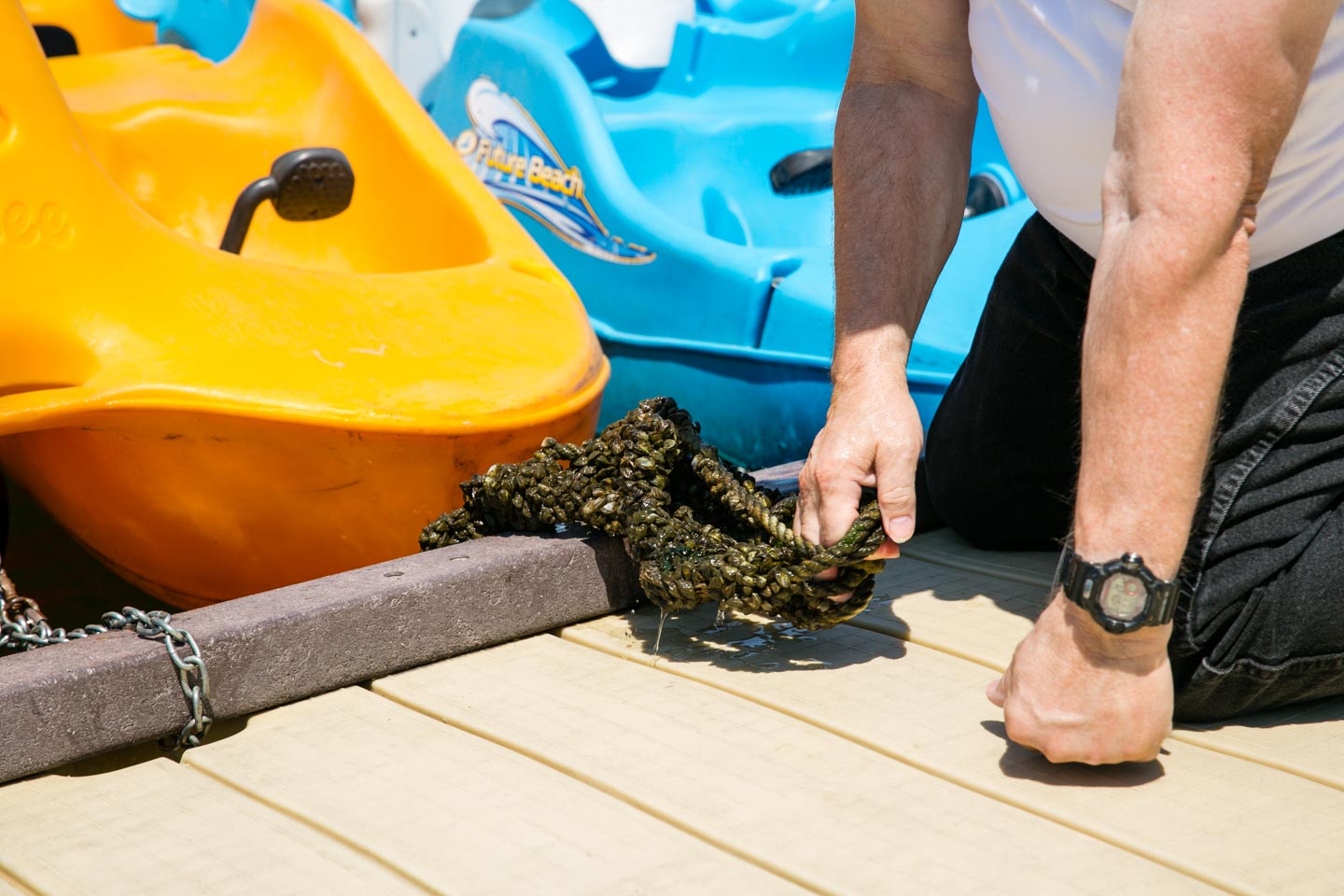Habitat loss, degradation and fragmentation
Habitat loss, degradation, and fragmentation are viewed as the largest cause of biodiversity loss and the primary factor resulting in species being listed as threatened or endangered. Habitat loss occurs when natural habitats are converted to human uses such as cropland, urban areas, and infrastructure development (e.g. roads, dams, powerlines). For example, in Nebraska, 98 percent of the tallgrass prairie and 35 percent of wetlands have been lost, primarily due to conversion to cropland.
Habitats are degraded when their condition declines due to factors such as pollution, invasive species, and over-utilization of natural resources. Examples include prairies being invaded by woody species such as eastern red cedar and streams being degraded by runoff of sediments and chemicals from adjacent cropland. Habitats can also be degraded when natural process they depend on, such as fire or flooding, are altered by human activity.
Habitat fragmentation occurs when large blocks of habitat are cut into smaller pieces by development such as roads or housing. The remaining blocks of habitat may be too small to sustain populations of a number of species and the fragmentation often results in barriers to species movement.
The Nebraska Game and Parks Commission has a number of programs to help conserve and restore habitat in Nebraska, including both terrestrial and aquatic habitats. These efforts focus on private lands as well as Commission lands such as State Parks and Wildlife Management Areas.
The Commission also partners with a number of other natural resource and conservation agencies and organizations to conduct habitat conservation and restoration projects. The Nebraska Natural Legacy Project is a comprehensive blueprint for conserving Nebraska’s flora, fauna, and natural habitats through the proactive, voluntary conservation actions of partners, communities, and individuals.





